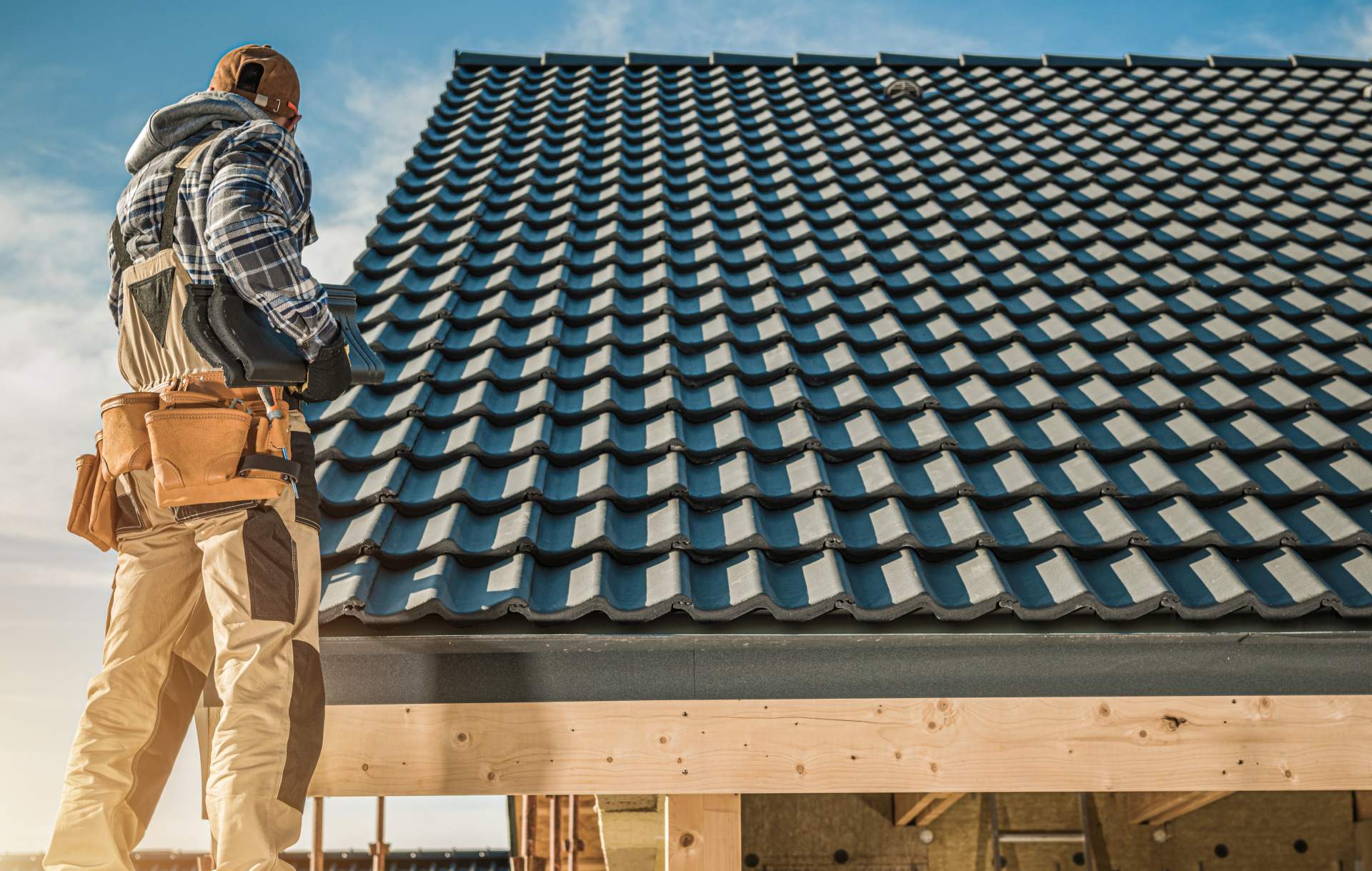The Ultimate Roof Inspection Checklist
Your roof silently safeguards your home day in and day out, shielding you from the elements. But how often do you think about returning the favour? Neglecting your roof can lead to costly consequences down the road. That's why regularly inspection is crucial in maintaining its life. In this blog, we'll go through a checklist to help you know what to look out for.
Why Regular Roof Inspections are Crucial
Regular roof inspections are like a shield against unseen threats. They may not be the most exciting task on your homeowner's to-do list, but they can save you a bundle in the long run. By catching issues early, you can prevent minor inconveniences from turning into major disasters. Plus, a well-maintained roof can add years to its lifespan.
When to Perform Roof Inspections
So, how often should you put on your inspector hat? Seasonal check-ups are a good rule of thumb but don't forget to make an exception after a fierce storm. Mother Nature can be ruthless, and your roof takes the brunt of it.
Safety Precautions
When it comes to inspecting your roof, safety takes precedence. Ensuring a secure inspection process involves several critical steps.
Start by selecting the right equipment, such as sturdy footwear to prevent slipping and a reliable ladder that reaches your roofing securely. Always exercise caution, especially around fragile areas like skylights and vents. For an added layer of safety, consider using a safety harness or ropes. Opt for daytime inspections to maximize visibility, and always keep the surface free from tools and debris to prevent tripping hazards.
Lastly, if you lack experience or feel uncomfortable with heights, it's wise to hire a professional for the job. Safety should remain your top priority throughout the inspection process.
The Roof Inspection Checklist
Inspecting your roof is like peeling an onion; it involves layers. Here are the different layers of your roofing that you should go through while inspecting:
Exterior Inspection
- Check Roof Material: Begin with a close look at your roofing material - asphalt shingles, metal, tiles, or whatever it may be. Search for wear, cracks, or damage.
- Shingles and Tiles: Move on to the individual shingles or tiles. Hunt for cracks, curling edges, missing pieces, or granule loss.
- Flashing: Examine the flashing around roof penetrations like chimneys, vents, and skylights. Keep an eye out for rust, damage, or gaps.
- Gutters and Downspouts: Ensure your gutters are free of debris and firmly attached. Any signs of sagging or leaks are a red flag.
- Fascia and Soffits: Give the fascia and soffits a once-over. Look for rot, decay, or damage caused by water or pests.
- Vegetation: If you find moss, algae, or plant growth, it's time for eviction. These unwelcome guests can harm your roofing.
- Seals and Caulking: Inspect seals and caulking around roof vents, pipes, and flashing. Any cracks or deterioration can lead to leaks.
- Roof Penetrations: Don't forget to examine any roof penetrations like vents or satellite dishes. Ensure they have proper seals and flashing to keep water out.
Interior Inspection
- Attic Inspection: Venture into the attic and search for signs of leaks, water stains, or moisture. Check the insulation for dampness or mould.
- Ventilation: Make sure your attic has proper ventilation to prevent moisture buildup, which can wreak havoc on your roof.
- Trusses and Rafters: Inspect the attic structure for signs of sagging, bowing, or cracks. Early detection can prevent structural issues.
- Light Penetration: Look for any unwanted light seeping into the attic through gaps or holes in the roof deck.
Maintenance and Preventative Measures
Your job isn't over just because you finished inspecting your roof. Maintaining it is the other side of the whole process. Take a proactive approach by trimming overhanging branches that could potentially cause damage. When winter rolls in, be vigilant in promptly removing snow and ice to prevent any harm or leaks. Consider the application of a protective roof coating for an additional layer of defence. And remember, maintaining records of your inspections and repairs is crucial – it allows you to track your roof's condition over time, ensuring it continues to serve its protective role effectively.
Your Roof's Future: A Matter of Regular Care
While it may not be the most exciting chore for homeowners, conducting regular roof inspections is undeniably essential. Taking a proactive approach allows you to identify problems early, prolong your roof's lifespan, and ultimately save money down the line. So, don't delay. Extend some care to your roof, and it will faithfully safeguard your home for many years.

